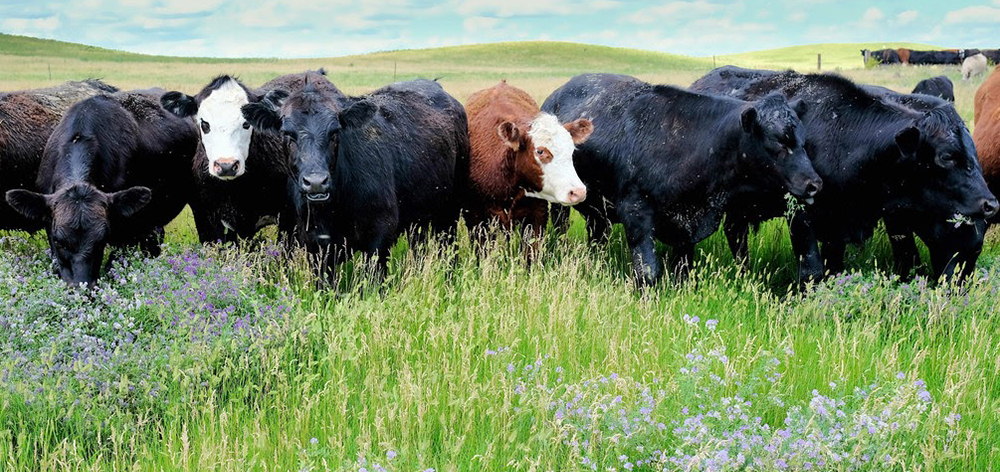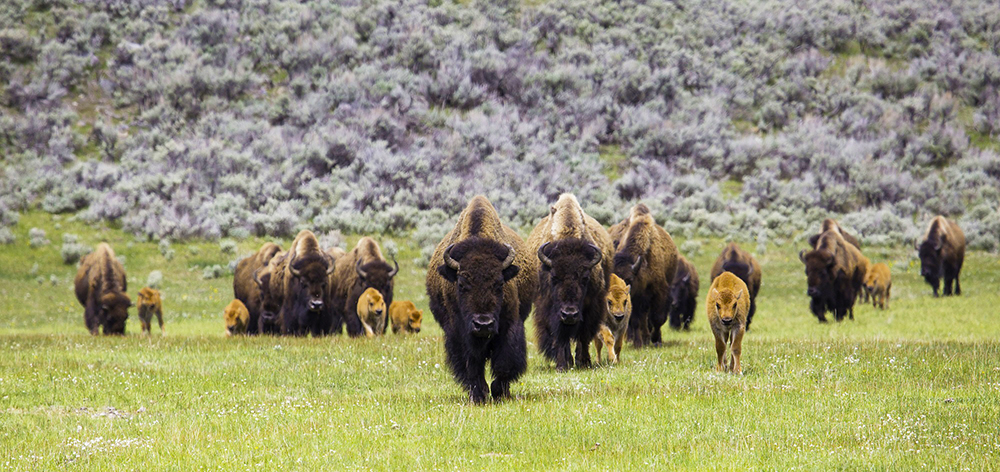8 Benefits of Rotational Grazing
No matter where on the globe you are located, grass is one of your untapped resources for profitability. Like other business entities, you have assets and one of your biggest assets is often your land. Its a precious commodity that is no longer being produced so it must be cared for and cherished to optimize its potential and to maximize your profits.
Why rotational Graze?

More than 25% of agricultural land in the American Midwest is in some form of pasture. Most of this pastureland is continuously grazed resulting in 80% of these pastures suffering from poor and inconsistent fertility and serious weed and erosion issues. Careful stewardship of the land can be one of the easiest practices to overlook in the day to day which leads many farmers and ranchers to utilize continuous grazing which results in the poorest possible pasture yields.
To maximize and optimize the use of this precious asset many farmers/ranchers are turning to rotational grazing. Rotational grazing has many benefits – all leading to higher profits on your land:
- Increased soil fertility
- Increased forage production
- Higher quality forage stand
- Controlled forage utilization
- Less wasted forage
- Improved drought management
- Consistent animal monitoring
- Extended grazing periods
We could dive deeper into each of these benefits but for this post we will just touch on a general overview. Subscribe and follow this blog to learn more about each benefit in following posts.
Mimicking Mother Nature

Think back to the Wild West when there were many many coexisting species occupying the untapped territory including the iconic American Buffalo. When you study the buffalo grazing patterns in a wide-open range it is really on the move all the time. They are constantly moving as a herd and cover a fair distance every day. What is happening as they come through is some intense traffic all in one spot for a short time. The nutritious tops of nearly every good plant are nipped off and consumed and the weeds and reject plants are trampled.
If animals – bunched or scattered – are left in any one place too long, or if returned to it too soon, they will overgraze plants and compact and pulverize soils.
– Allan Savory
At the same time, there is some serious fertilization happening through manure and urine. It’s not all in one spot but scattered evenly throughout the area causing even fertilization of the good plants. This activity is really the epitome of the famous Allan Savory quote, “If animals – bunched or scattered – are left in any one place too long, or if returned to it too soon, they will overgraze plants and compact and pulverize soils.”
Along with this herd, passing comes intense hoof traffic for a short amount of time. This is good because it is an aeration process that allows the soil to better capture and retain moisture but yet it’s not too much compaction where it starts to hinder healthy plant root penetration.
In summary, what rotational grazing does is increases (or credits) your forage production (one of your assets), and reduces or (debits) the reliance on more land to produce the same or higher profits. Ultimately you can make more profits on fewer inputs. Now THAT is a formula we all love!


























